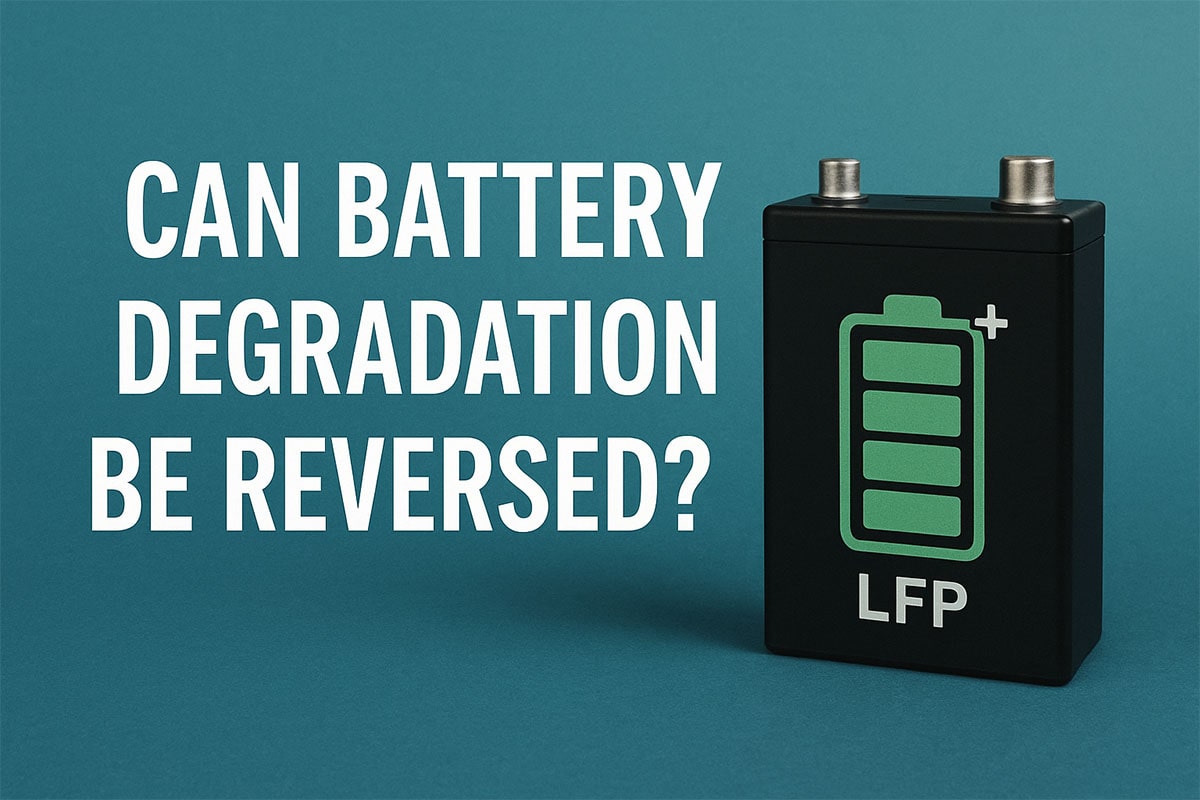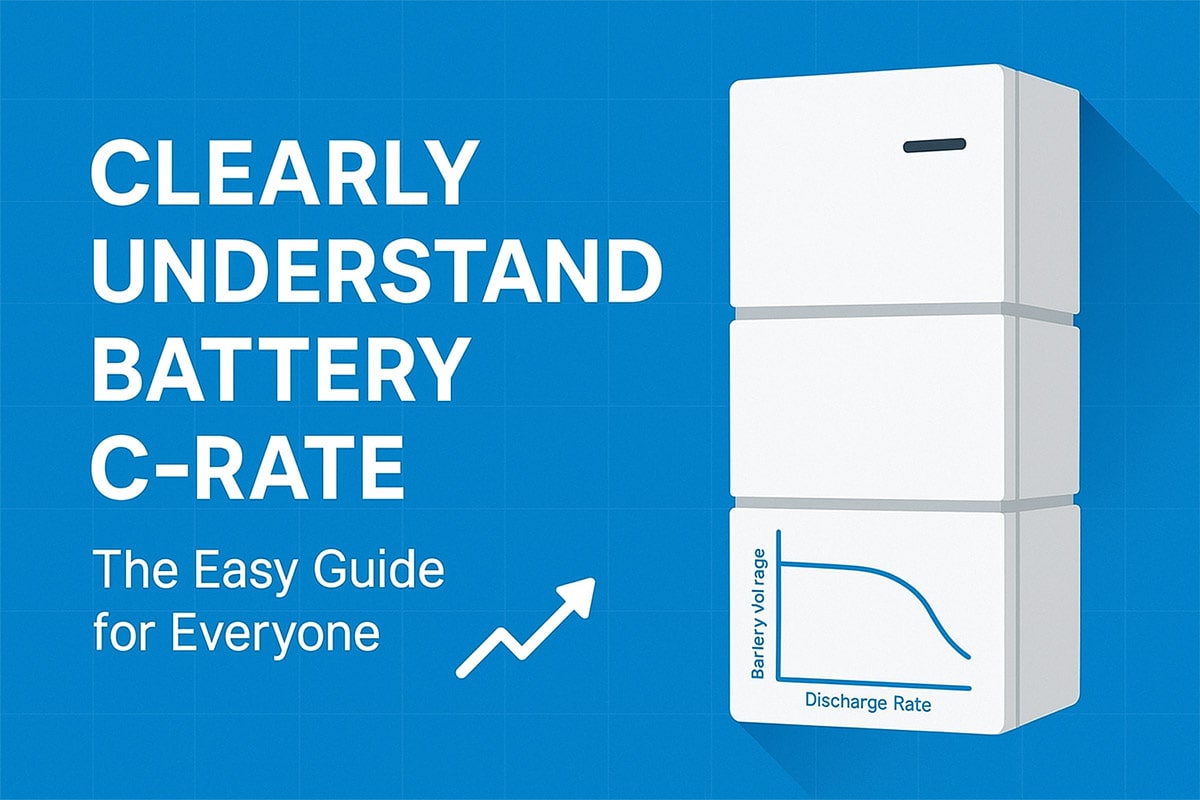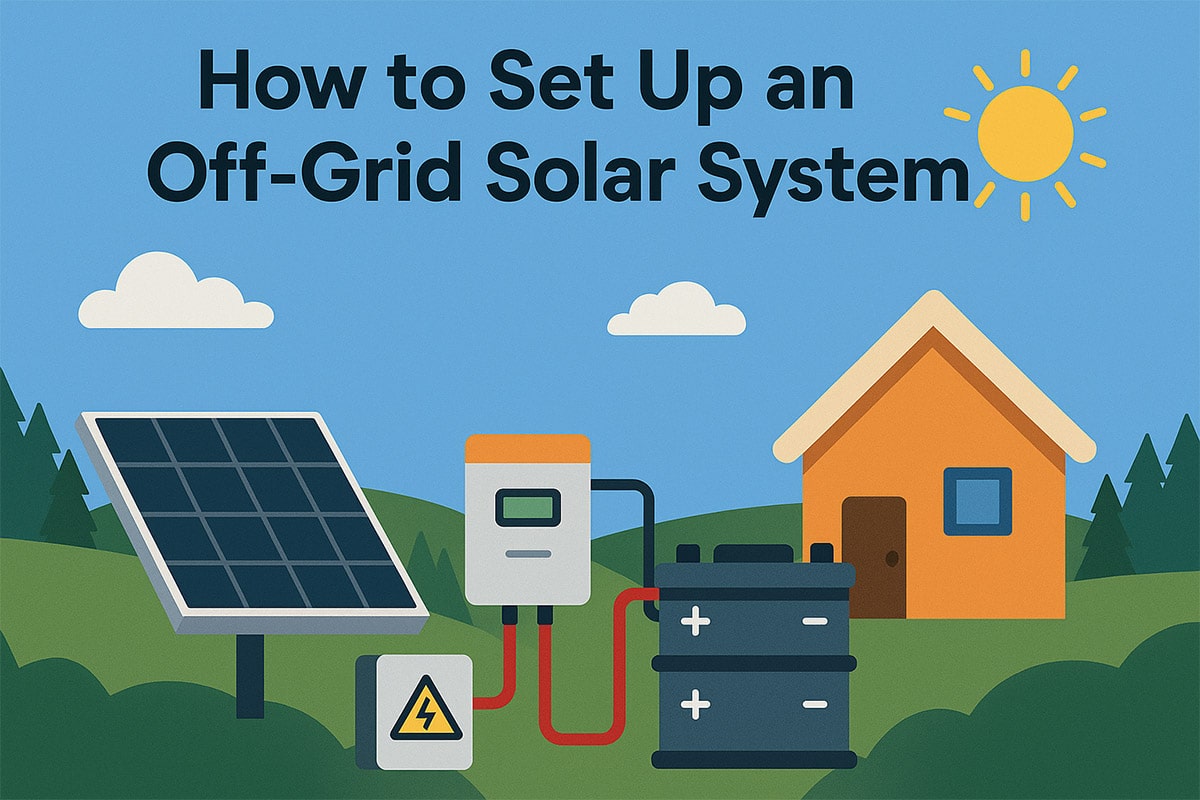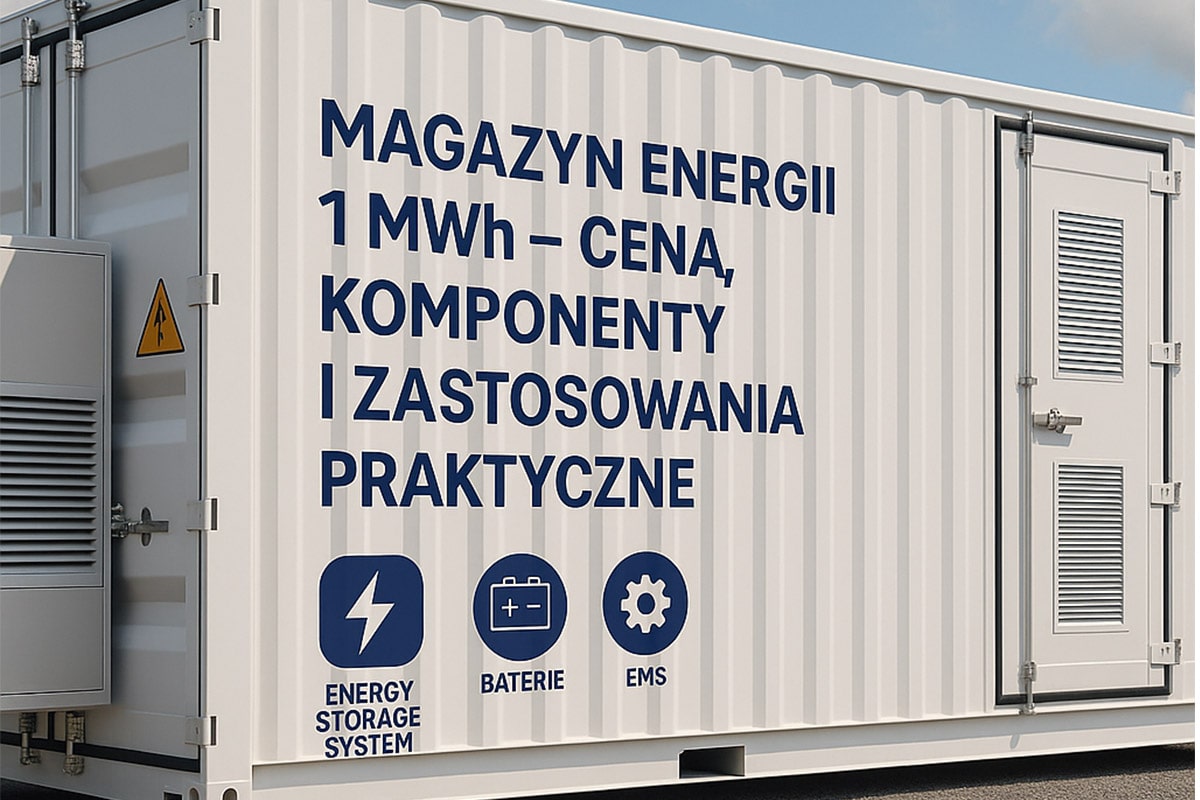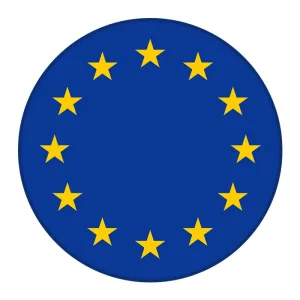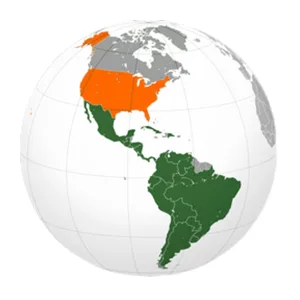Australia to Start Bidding for Large-Scale Energy Storage Systems
Australia to Start Bidding for Large-Scale Energy Storage Systems
According to foreign media reports, the Australian government will launch a large-scale energy storage system bidding program this year, which will be promoted across the country.
Australian Energy Minister Chris Bowen said in a speech a few days ago that he has reached an agreement with the state energy ministers on how to conduct competitive bidding. In a speech at the National Smart Energy Conference in Sydney, Bowen outlined some of the climate action and clean energy friendly policies that have been put in place since Australia’s Labor government came to power less than a year ago.
These include affirming commitments to the Paris Agreement, reforming the Safeguard Mechanism, a plan to cap Australia’s greenhouse gas (GHG) emissions, developing a national electric vehicle strategy and targeting 100% of Australia’s electricity generation from renewables by 2030. The goal of generating more than 82% of the power generation structure.
The Australian Labor Party, led by current Prime Minister Anthony Albo Albanese, has campaigned on a platform focused on climate issues, which appears to resonate with Australian voters in the 2022 election. This effectively gives the new government a mandate to largely reverse the path traveled by the more conservative Liberal-National coalition, which preceded it in power for nine years.
Two factors will have the most immediate and transformative impact on Australia’s energy storage industry: a $20 billion tender program for the rewiring and overhaul of the transmission network, and a capacity investment mechanism.
The transmission network rewiring and overhaul program means upgrading and extending Australia’s transmission lines. Allowing for tight interconnection between state grids means sharing the benefits of renewable generation and giving energy storage a greater role in Australia’s National Electricity Market (NEM).
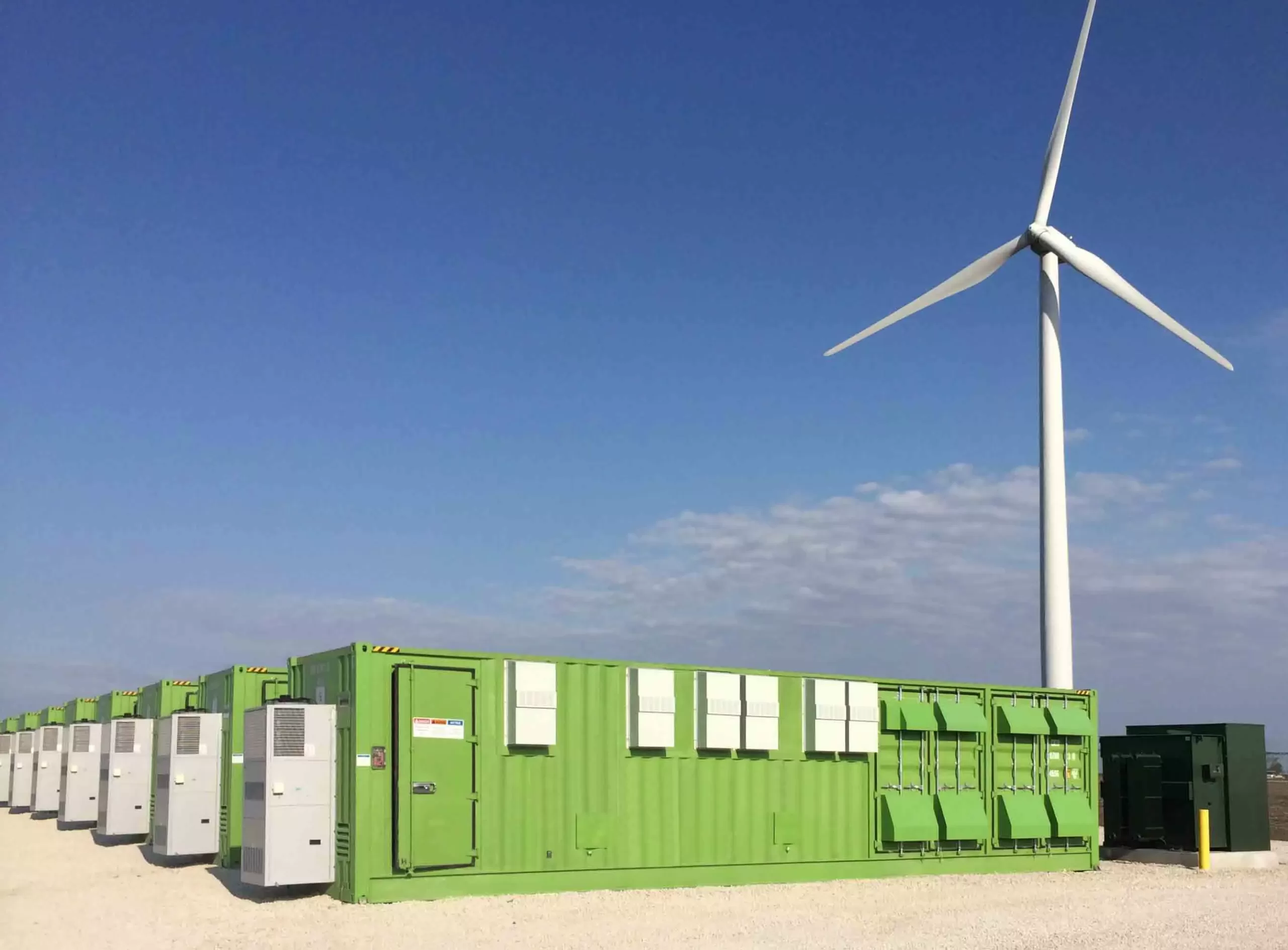
The Australian Department of Energy will also directly support the “Battery Plan” in the Australian state of Smania, which will deploy GWh-scale pumped hydro storage (PHES) power generation facilities, battery energy storage systems and renewable energy generation facilities, It is then connected to the Australian National Electricity Market (NEM) via a submarine cable to the Victorian grid.
Meanwhile, the Capacity Investment Facility is essentially a revenue underwriting scheme awarded through tenders to large-scale dispatchable renewable energy. Late last year, ministers from Australia’s states and territories met to discuss the plan and reached an agreement in principle to allow it to be implemented.
Bowen said in his speech that the capacity investment mechanism tender will become the de facto energy storage deployment target in Australia, because energy storage system is the main driver of the integration of renewable energy electricity into the grid.
“By insisting that investments under the Capacity Investment Plan will be renewable and dispatchable, we ensure that energy storage and renewable generation get invested,” Bowen said.
Bowen added that more details would be revealed in the next national budget, due on May 9, saying he had had “very productive conversations” with state and territory energy ministers.
An important part of the plan, he said, would be leadership at the state level and dictate the level of energy storage deployment. The plan was praised by Dr Bruce Mountain, an expert at the Victorian Energy Policy Centre. In fact, the state of Victoria itself has set targets for energy storage deployment.
With the tender scheme being rolled out across the country, DOE has now reached an agreement with the Australian states on how it will work. Bowen claims the first auctions will begin later this year.
“I look forward to providing further updates and there are important measures in the Budget to support this. This is absolutely critical and will unlock billions of dollars of investment in renewable energy to deliver more power,” he said.

